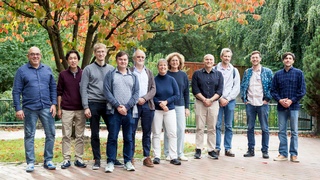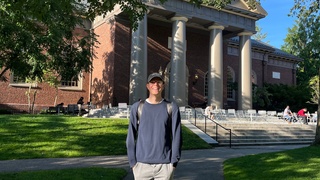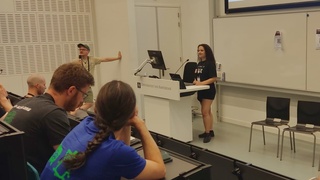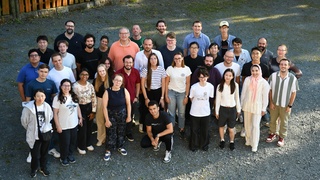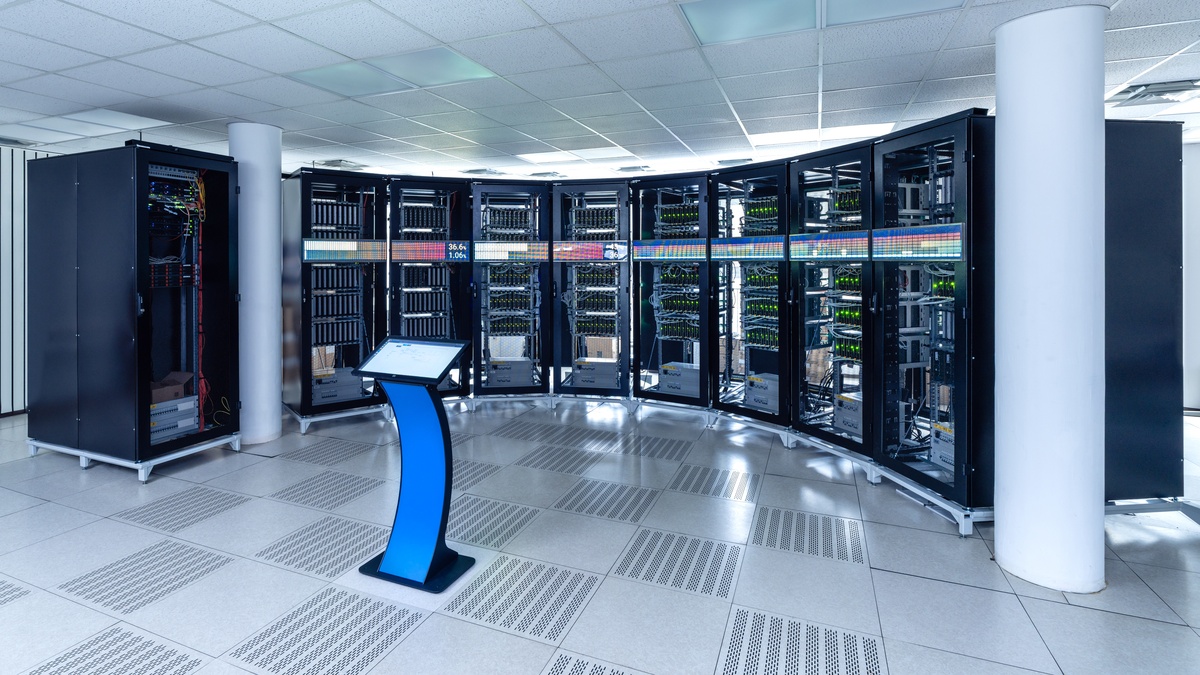 © SpiNNcloud / Tobias Ritz
© SpiNNcloud / Tobias Ritz
May 27, 2025
Milestone for Energy-Efficient AI Systems: TUD Launches SpiNNcloud Supercomputer
TUD Dresden University of Technology has reached an essential milestone in the development of neuromorphic computer systems: The supercomputer SpiNNcloud, developed by Prof. Christian Mayr, Chair of Highly-Parallel VLSI Systems and Neuro-Microelectronics at TUD, goes into operation. The system which is based on the innovative SpiNNaker2 chip, currently comprises 35,000 chips and over five million processor cores – a crucial step in the development of energy-efficient AI systems.
These neuromorphic computer systems are based on nature's most powerful computer – the human brain. This opens up all new perspectives for data center architecture: Instead of relying solely on improvements to existing technologies, this novel approach extends the design of computer architectures to include brain-like principles such as distributed memory and event-driven processing. The result: a significant reduction in energy consumption combined with high performance and flexibility.
SpiNNaker2 was developed under the leadership of Prof. Mayr as part of the EU flagship project “Human Brain Project.” “SpiNNaker2 combines a high level of efficiency with real-time processing, boasting latencies of less than one millisecond,” explains Mayr. “Inspired by biological principles such as plasticity and dynamic reconfigurability, the system automatically adapts to complex, changing environments. This combination of biologically-inspired architecture and technological innovation opens up a plethora of new possibilities for AI applications in smart cities, autonomous driving and the tactile internet.”
For PhD student Tim Langer, this is a great opportunity: as part of his doctoral position, he works with SpiNNaker2 on a daily basis. In this context, he published a conference paper on the execution of deep neural networks on SpiNNaker2 together with colleagues this year. One aspect of his research focuses on the implementation of Large Language Models (LLMs) on this neuromorphic hardware platform. In collaboration with Matthias Jobst and Chen Liu, it became clear in this work that scaling to multi-chip systems – such as the SpiNNcloud supercomputer – is a key aspect of efficiently executing complex algorithms on the hardware.
As part of SECAI Mini Projects, Tim Langer is supported in his research by three student assistants from Colombia, India and China, who take on tasks in the areas of support and concept engineering on SpiNNaker2. At the same time, it is a valuable opportunity for the students to gain practical experience with the hardware – and two of them are now using SpiNNaker2 for their final theses and research papers.
About SpiNNcloud:
SpiNNcloud Systems GmbH is a deep-tech spin-off of the Chair of Highly Parallel VLSI Systems and Neuromicroelectronics at TU Dresden. The company offers the world's first commercial, brain-inspired HPC platform that redefines traditional computer architectures through energy-efficient parallel processing and real-time capabilities. The innovative technology enables customers to develop energy-efficient and robust AI models and process generic compute workloads.
[Excerpts from the TUD press release; Milestone for energy-efficient AI systems: TUD launches SpiNNcloud supercomputer]

